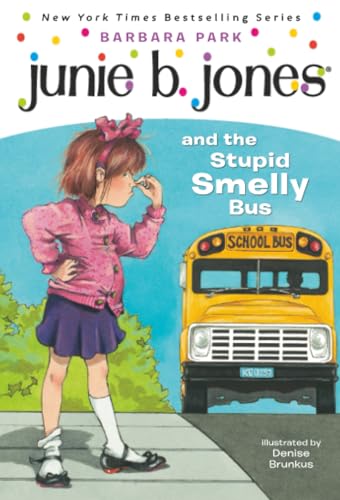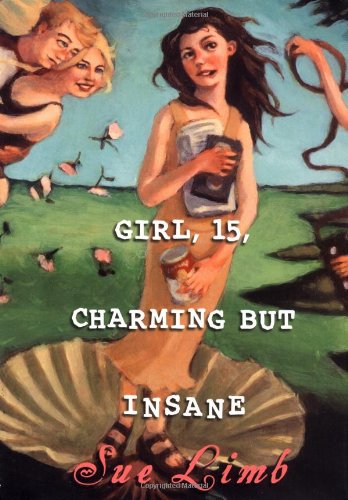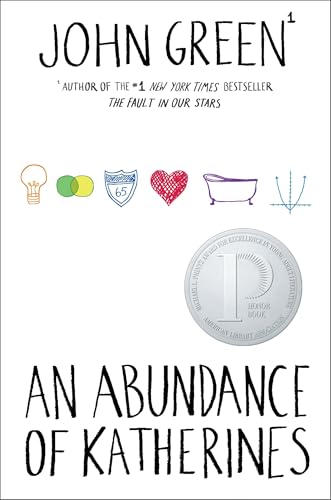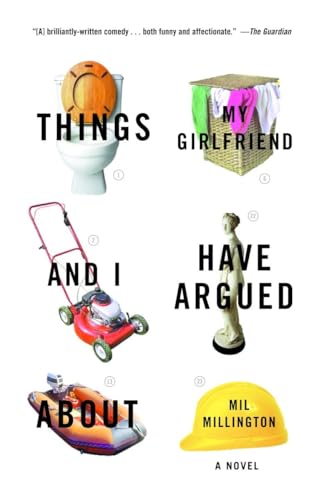by Colleen Mondor
Lyons Press 2011, purchased copy
 This book is simply the worst marketing campaign ever for arctic aviation. So you want to be an Alaskan pilot? Because it’s cold, lonely, boring, erratic, stressful, exhausting (very, very cold needs another mention), and you may die. Blending the adventure stories of plane trips both successful and unsuccessful with personal narratives, Colleen Mondor brings the reader into the last frozen frontier. With money at stake, planes fly in weather too cold, with cargo too heavy to be legal or safe. Everyone personally knows some pilot who died, yet the collected stories of deadly accidents don’t change the rules or risks. Published as adult nonfiction, there is crossover appeal for teens in the subject and — let’s be honest here — shorter page count then many nonfiction titles. There is some language throughout the book, but nothing that teens won’t have heard, read, and likely said before.
This book is simply the worst marketing campaign ever for arctic aviation. So you want to be an Alaskan pilot? Because it’s cold, lonely, boring, erratic, stressful, exhausting (very, very cold needs another mention), and you may die. Blending the adventure stories of plane trips both successful and unsuccessful with personal narratives, Colleen Mondor brings the reader into the last frozen frontier. With money at stake, planes fly in weather too cold, with cargo too heavy to be legal or safe. Everyone personally knows some pilot who died, yet the collected stories of deadly accidents don’t change the rules or risks. Published as adult nonfiction, there is crossover appeal for teens in the subject and — let’s be honest here — shorter page count then many nonfiction titles. There is some language throughout the book, but nothing that teens won’t have heard, read, and likely said before. Personally, I read the book on a deadline, and now feel that it deserves a less rushed reader. Because when I could stop, I was able to process much more of the weight of what I had just read. For example, one anecdote detailed how the operations department was expected to lie on the official documentation for the flight — but in her job the author would write the correct weight on scrap paper, for only cargo and the pilot to see. Based on that real number, they would make the decision whether to take the flight. In a way, that number was the only thing that had substance, reality — in that everything else was faked (like the numbers), uncertain (like the weather) or precarious (like the aging planes): all but that one scrap of paper that would get thrown away. That’s something to think about, right? And that’s this book.
My fellow book blogger and good friend Colleen Mondor agreed to stop by to answer some questions about her book and new authorhood:
When did you start writing and/or seeing yourself as a writer?
I really started thinking that I could write as part of who I intended to be (as opposed to writing all through school and being told it was “a nice hobby”) after I left graduate school and realized that all the research I had done for my thesis was too valuable to shelve. The thesis was the longest thing I had ever written (160+ pages) that made sense and had a real beginning and ending. Once I had it in my hands I believed I could be more than just someone who writes after I do my “real work” every day (as I had always been told growing up) and that’s when I got serious. (I should note that my thesis was on pilot error accidents among Alaskan bush commuters — so it played right into Map.)Who inspires you personally or professionally?
Ray Bradbury, Louis Armstrong, Hepburn & Tracy, Springsteen, Dan Eldon, Peter Beard, Barbara Hodgson (The Sensualist, Dreaming of East, etc.), Sara Vowell (!), Tim O’Brien (The Things They Carried), and so many more. Lately my life is filled with images of my great grandmother, Julia Lennon, whose photo albums recently came into my mother’s possession. Her life was incredibly hard and I find it amazing how she survived — her sheer force of will is the stuff of legend. If that isn’t inspiring (and she was my Nana!), I don’t know what is.The narrative has an organic flow, elaborating on things previously mentioned and hinting at stories to come. With that structure, how did you organize the writing process?
Ha! Organization was something that came up all the time — sticky notes and index cards everywhere to keep straight what I wrote where and when I said what and on and on. (I have Scrivener now and I’m hoping it will help a lot in the future.) I wrote the book completely out of order and then, with the help of my agent and editor, put it in the final order you see now. I wish I could have been more straightforward when writing the book as it would have been easier from an organization perspective, but in terms of the actual creative process, easy was just not any part of the writing.With such a personal and difficult topic, what was the hardest part to write?
Technically it was most difficult to make sure I protected the identities of all the people involved while still writing the complete truth. The hardest chapter though was a surprise for me — it was “The Good Pilot,” about my friend “Adam” who crashed due to pilot error but is still alive and well in Alaska. You would think as he is still here that would have been easier but the crash had such a detrimental affect on him and was so preventable that I really struggled with how not to let my frustration with the whole situation boil over. I wanted a different story for him — I still want a different story for him — and there is nothing that anyone can do about that. At one point I wondered if I could even include the chapter at all. It took forever to get it right.You’ve had a longtime perspective on publishing from the reviewing side of things at Bookslut and Chasing Ray. What have you found surprising as a new author?
How quickly you become overwhelmed by the need to sell the book now that the book is written. I wish writers could just write and write and write and while I had some idea from friends how much work I would have to put into marketing Map after it came out, I was still surprised. It can overtake your life if you let it.Where do you go next, either literally with author visits or figuratively as a writing path?
Literally, I will be going through several cities/towns in Alaska this spring and also hopefully in the Pacific northwest. To get the book on lots of shelves I have to help generate interest, and the best way to to do that is to show folks the pictures I have of flying up there and to talk about the job. There is a lot of interest in Alaska — a lot of curiosity — and I have found people very receptive to events where they can see what we saw and ask questions about what the Company was like. That is my plan for early 2012. For writing, I have several essay projects in the works and intend to continue with narrative nonfiction — more on that as it develops!Be sure to check out other reviews and interviews:
- Whatever: Big Idea series
- SLJ’s Tea Cozy
- Writer Jen
- Beth Kephart Books
- Booklist Online
- Booklist Interview
Links to material on Amazon.com contained within this post may be affiliate links for the Amazon Associates program, for which this site may receive a referral fee.

























1 comment:
thanks for this! Although I'm not a frequent commenter (or ever commenter) on Chasing Ray, I do enjoy reading Colleen's posts and I'm very interested in reading her book. Sounds good :)
Post a Comment